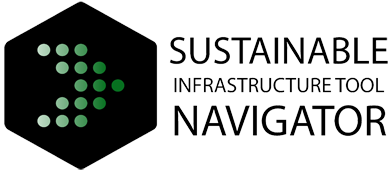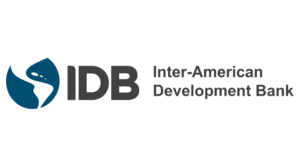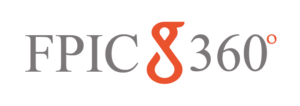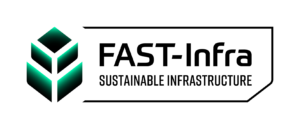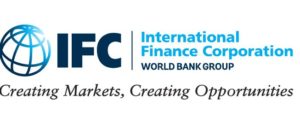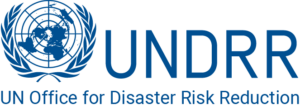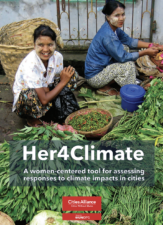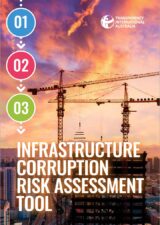
ADB’s Urban Sector Group has prepared tool kits for guiding the preparation of integrated urban plans or city development plans with inclusive cities, competitive cities, and green cities as the primary focus, depending on the relative importance of the 3E agenda: economy, environment, and equity. This tool kit presents concepts and strategies for addressing technical and institutional challenges related to shelter, infrastructure, transport, climate change, and disaster risk management—all of which are essential for Inclusive Urban Development.
Lifecycle Phase(s): Strategic PlanningPublic authorities identify the needs and long-term vision for infrastructure development., Project PlanningGeneral strategy for a project’s delivery is developed., Concept DesignTechnical experts broadly outline the project’s basic characteristics., Detailed DesignTechnical experts further elaborate the Concept Design.
Type(s) of Tool: GuidelinesOperationalize sustainability principles, less specific than Benchmarks or Rating Systems.

